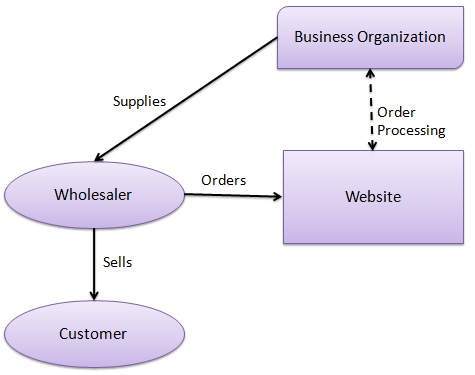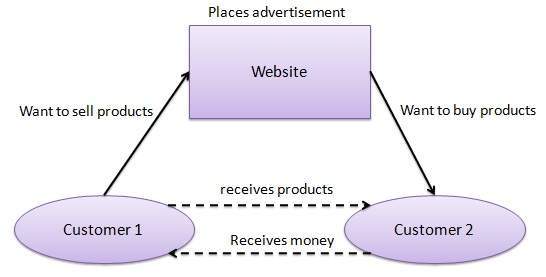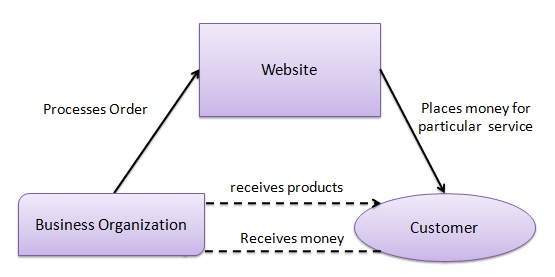How to Start a Successful E-Commerce Business – 6 Tips from Seasoned Pros
According to U.S. Census data  , e-commerce sales are increasing at a rate faster than traditional offline retail sales, raking in approximately $190 billion in sales in 2011. So it’s no surprise that budding entrepreneurs and existing “bricks and mortar” businesses are turning to e-commerce as a business opportunity.
, e-commerce sales are increasing at a rate faster than traditional offline retail sales, raking in approximately $190 billion in sales in 2011. So it’s no surprise that budding entrepreneurs and existing “bricks and mortar” businesses are turning to e-commerce as a business opportunity.
You only need to browse the SBA.gov Community Discussion Boards to see how many topics focus on how to start an e-commerce business!
Given this interest, I thought it would be useful to draw on the advice of Community members, many of whom are business owners themselves. So, if you’ve got questions about starting an e-commerce business, consider the following tips and recommendations, along with some useful links and resources that can help.
1. Decide what you want to do and define your niche
Knowing what you are going to sell, how, and to whom is a critical part of your business plan. Community members offer the following advice:
“ehrs” has this to say about finding your niche: “You really want to be 'specific' enough to get the right kind of customers and the least possible competition.”
“Lee Belcher” expands on this: “What I would recommend is first finding a niche in something you enjoy reading about or taking part in… The next thing you want to do is decide whether or not you are going to sell the products or be an affiliate of them.”
Lastly, “Jenr” reminds us that: “…(selling products) means you have added logistical issues such as shipping, storage and initial purchase of product.”
If you need help finding your niche or deciding what to sell, these blog posts can help:
- 6 Tips for Finding a Business Idea and Turning it into an Entrepreneurial Reality
- 5 Ways to Find the Right Niche and Target Market for Your Small Business
- Affiliate Marketing Basics
2. Have a plan
Starting any kind of business requires a documented plan. Without one, you’ll lack focus, overspend, and struggle to deal with the curveballs that starting and running a business throws. Community member “solsoly” learned this lesson:
“I started an online business two years ago... without any plan whatsoever, and I regretted it, because sooner or later you will find yourself in deep problems… not knowing what to do next. So! What I have learned is, make a plan!”
This blog post offers tips on writing a business plan: How a Simple Business Plan can Get you from A to Z, and Navigate all Things In-Between.
3. Fund your business at a low cost
Starting an e-commerce site needn’t be costly, as these two Community members explain:
“The only reason I can think of where you would need a loan is if you are actually stocking product to sell. Otherwise an online business should cost you next to nothing,” writes “Zholley”.
“Zoltan” adds this: “I would not suggest you [plow] any significant money into it until you have gained some practical experience and gained some revenue stream.”
4. Build a website
“…a major factor in your success will be the creation of a website. Not all sites are created equal. You can spend a lot of money on a website. It may look pretty and busy but may not help you sell your product,” states “Jenr”.
For low-cost tips, read How to Start a Website for Free or Low Cost - 21 Tools to Consider. You’ll also need to know how to set up a merchant account.
5. Drive traffic to your site
Driving traffic to your site and increasing search engine optimization (SEO) is essential and one of the trickiest aspects of doing business online. Here’s what Community members have to say:
“Wolverine63” offers this advice: “Technically, you have over 3 million potential customers (at any given time) that are going [past] your online store. They are not aware of you unless you start doing some form of promotion... Start reading up on the various ways to achieve a higher search engine result… If you have the cash for it, you can always hire one of the numerous SEO firms to help you.”
“MinEn” recommends using Google Keyword Tool to improve SEO:“This tool tells you the number of people searching for your product each month” (based on specific keywords or phrases).
For tips on driving traffic to your site, read:
- SEO: 10 Essential Things You Need to Know
- Starting and Growing an Online Business: An Entrepreneur's Checklist – How to use online and offline channels to market your site
- Google AdWords Explained: Growing Your Small Business with this Cost Effective Marketing Tool
6. Don’t forget to follow the rules of the road
Don’t forget, you’ll also need to follow the basic steps involved in legally starting a business. These 10 Steps to Starting a Business can help. For a complete soup-to-nuts overview of getting started in e-commerce, read: Getting Started with E-Commerce - An Entrepreneur's Checklist..







